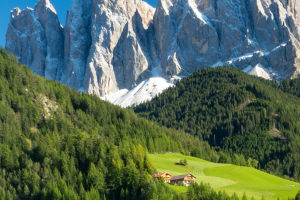The Milky Way refers to a bright milky white band across the starry sky. The Milky Way draws a band of varying widths on the celestial sphere, called the galactic belt.
The Milky Way is a larger group of galaxies assembled from debris in the diffuse motion of the universe. It is only visible on clear nights and is caused by the light of countless dark stars. From Earth, the Milky Way looks like a band around the celestial sphere because it is viewed from inside the disk.
The Milky Way contains eight planets, namely Mercury, Venus, Earth, Mars, Jupiter, Saturn, Uranus and Neptune.
First of all, let's introduce Mercury. Mercury is the planet closest to the sun and moves very fast on the ecliptic. Mercury is never farther than 16 degrees from the Sun and is often considered a "neutral" property.
Next is Venus, the closest planet to Earth. It reaches its maximum brightness just before sunrise or just after sunset, and is second only to the moon in the night sky.
The third is the earth. It is the third planet closest to the sun and the only celestial body known to harbor and support life. About 29.2% of the Earth's surface is landmass consisting of continents and islands. The remaining 70.8% is covered by water, mostly by oceans, bays and other salt water bodies, but also by lakes, rivers and other fresh water, which together make up the hydrosphere. Tropical regions receive more solar energy than polar regions and are redistributed through atmospheric and oceanic circulation. The earth is the home where human beings live together, and there is only one earth for human beings.
Fourth is Mars. It is the fourth-closest planet to the sun and the second-smallest planet in the solar system after Mercury. It is one of the four terrestrial planets in the solar system. The Martian atmosphere, dominated by carbon dioxide, is both thin and cold, with impact craters, canyons, dunes and gravel, and no stable liquid water. The southern hemisphere is an ancient, crater-filled highland, and the northern hemisphere is a younger lowland plain. The red-orange appearance of Mars is due to the widespread distribution of iron oxide on the surface, and its red appearance is unique among celestial bodies visible to the naked eye.


